|
The Enigmas on Mars 66 Fossil Evidence on Mars |
||||||
|
..
Astronomy
Picture of the Day
Explanation: What caused this unusual white rock formation on Mars? Intrigued by the possibility that they could be salt deposits left over as an ancient lakebed dried-up, detailed studies of these fingers now indicate that this is not correct. The light material appears to have eroded away from the surrounding area, indicating a very low-density composition, possibly consistent with volcanic ash or windblown dust. The stark contrast between the rocks and the surrounding sand is compounded by the sand's unusual darkness. This picture was taken from the Mars Express spacecraft currently orbiting Mars. Planetary scientist Emily Lakdawalla, among others, has followed her curiosity about this unusual Martian landform into a fascinating investigation that is eloquently described in the Planetary Society Weblog. The mysterious white rock spans about 15 kilometers across inside a larger crater that spans about 100 kilometers. SOURCE: NASA APOD |
||||||
|
..
Astronomy
Picture of the Day
Explanation: What caused this unusual white rock formation on Mars? Intrigued by the possibility that they could be salt deposits left over as an ancient lakebed dried-up, detailed studies of these fingers now indicate a more mundane origin: volcanic ash. Studying the exact color of the formation indicated the volcanic origin. The light material appears to have eroded away from surrounding area, indicating a very low-density substance consistent with the ash hypothesis. The stark contrast between the rocks and the surrounding sand is compounded by the unusual darkness of the sand. The above picture was taken with the Thermal Emission Imaging System on the Mars Odyssey spacecraft currently orbiting Mars. The image spans about 10 kilometers inside a much larger crater. SOURCE: NASA APOD |
||||||
|
..
White Rock an
Unusual Martian
Feature
This image shows a lesser known, but unusual feature on Mars. It is called "White Rock". The picture was made from a mosaic of 6 images acquired by the Viking 1 orbiter spacecraft on September 9, 1978. The white feature is eroded crater fill, but exactly how it was formed has not been satisfactorily explained. White Rock was not formed by polar processes because it lies near to the equator at latitude -8 degrees and longitude 355 degrees. It has been modified through aeolian erosion showing transverse and longitudinal erosional features. Future missions will be required to more fully understand the processes that formed this enigmatic formation. This image is Copyright © 1998 by Calvin J. Hamilton. Any commercial/for-profit use of this image needs to be addressed to Calvin J. Hamilton. SOURCE: Solar Views |
||||||
|
Life on Mars - BBC Horizon Science .. Do these white rocks help to substantiate the theory that microscopic organisms could exist on Mars? BBC Horizon show are keen to find the links that make Life on Mars possible. Great astronomy video.
|
||||||
|
Steven H. Williams1 and James R. Zimbelman2 1 Department of Geology, Arizona
State University,
Tempe, Arizona 85287-1404
The existence and location of ancient lake sites and sediments have important implications for Martian paleoclimate and exobiology. White Rock, an enigmatic crater interior deposit, may be the eroded remnant of such a lacustrine deposit. Stereogrammetric analysis of newly processed Viking images allows better determination of the dimensions of White Rock (12.5 x 15 km, thickness 180 to 540 m, volume ~40 km3), reveals differences in erosion patterns that may reflect differences in depositional environment, and allows the identification in or on the crater wall of a possible source region of the high-albedo White Rock material. If White Rock is the remnant of a once-larger deposit, then open- system circulation may have been required to deliver the required quantity of evaporites. SOURCE: Geological
Society
of America
|
||||||
| "White
Rock":
Not White, Not Rock
White Rock got
its nickname more
than 30 years ago, when scientists first spotted
the feature on the floor
of Pollack Crater in images taken by the Mariner 9
spacecraft.
The brightness led many scientists to propose White Rock was made of water-deposited sediments, like the salty residue of a dried-up desert lake. (In 2004, just such deposits were found in Meridiani Planum by NASA's Opportunity rover.) In 2001, however, scientists working with the Thermal Emission Spectrometer (TES) instrument on NASA's Mars Global Surveyor orbiter found that White Rock has a dry origin and is built of wind-blown sediments. The bright blocks and ridges have the same brightness as light-colored, dusty regions elsewhere on Mars, and White Rock's spectra likewise match these and show no trace of water. The image seen here was taken at visible-light wavelengths by another instrument, the Thermal Emission Imaging System (THEMIS), on a different spacecraft, NASA's Mars Odyssey orbiter.
The wind-sculpted ridges that make up White Rock rise about 300 meters (1,000 feet) above Pollock Crater's floor, which shows as dark lanes cutting into the light-colored formation. Both TES and THEMIS can determine how solid the Martian surface materials are by how fast they heat up in daytime and cool off at night. The results show that while White Rock's light material may be dust-like in color and spectrum, it doesn't behave as loose dust does. Instead, some process turned it at least partly solid. A similar-looking feature in Ganges Chasma may have formed the same way as White Rock.
While the light material stands up as buttes and ridges, lots of loose material nonetheless surrounds White Rock. At the feature's northern end lies a field of dunes made of dark, basaltic sand grains. The large image shows more dunes and accumulations of dark sand to the north and west of White Rock. The sand grains probably eroded from the lava that covers the floor of Pollack. The dune shapes seen here suggest that some winds blew from the east (or southeast). It is possible these were funneled by the channel, some 500 meters (1,500 feet) wide, that cuts straight through White Rock. Other dunes not far away, however, suggest winds from the west.
This unnamed impact crater lies less than 10 km southeast of White Rock. Some 2.4 km (1.5 mi) wide and about 40 meters (135 feet) deep, it's about as ordinary a small impact crater as could be. Except for that tiny white bump on its floor. The bump, some 150 meters (500 feet) across, may be a remnant of the same material White Rock is made from. As scientists reconstruct it, long ago the whole floor of Pollack may have been covered thickly with a light-toned, dusty material that blew in from elsewhere. Some dry process then compacted the material, turning it into something more durable than dust but softer than rock. Later, winds began to erode White Rock's material, carrying off the debris as dust. Slowly, White Rock shrank until it reached its present size. Around its edges, however, a few outlying remnants still stand like icebergs in a sea. SOURCE: THEMIS |
||||||
| Martian
fossils
may be hiding inside white rocks
October 2008 Where should scientists hunt for evidence of Martian life? On Earth, at least, they should scout for white-coloured meteorites made of sedimentary rock, a new study suggests. Two rocks dropped from orbit by the European Space Agency have shown that such meteorites can carry and protect traces of life from the heat of atmospheric re-entry and the shock of impact with the surface. SOURCE: New Scientist Related Links:
|
||||||
| FAIR USE NOTICE: This page contains copyrighted material the use of which has not been specifically authorized by the copyright owner. Pegasus Research Consortium distributes this material without profit to those who have expressed a prior interest in receiving the included information for research and educational purposes. We believe this constitutes a fair use of any such copyrighted material as provided for in 17 U.S.C § 107. If you wish to use copyrighted material from this site for purposes of your own that go beyond fair use, you must obtain permission from the copyright owner. | ||||||
|
|
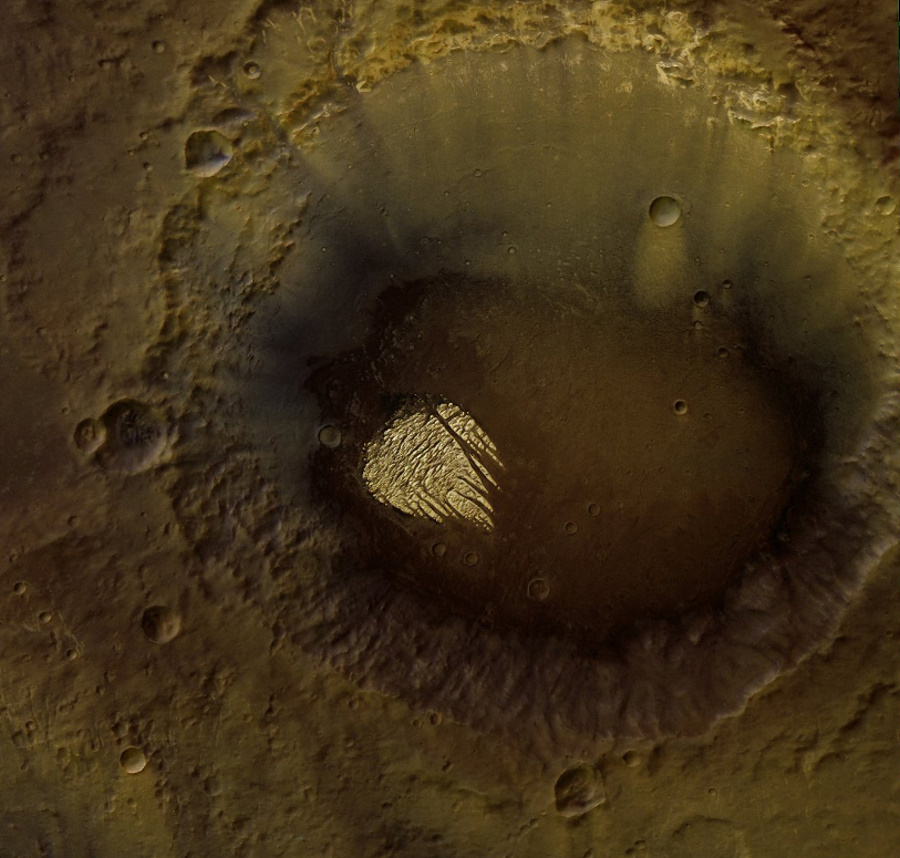
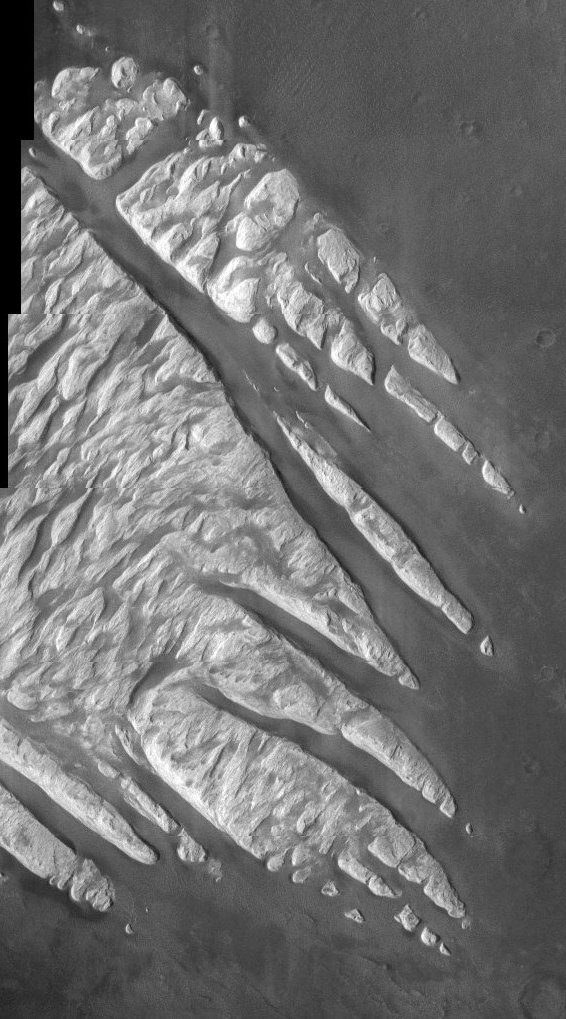
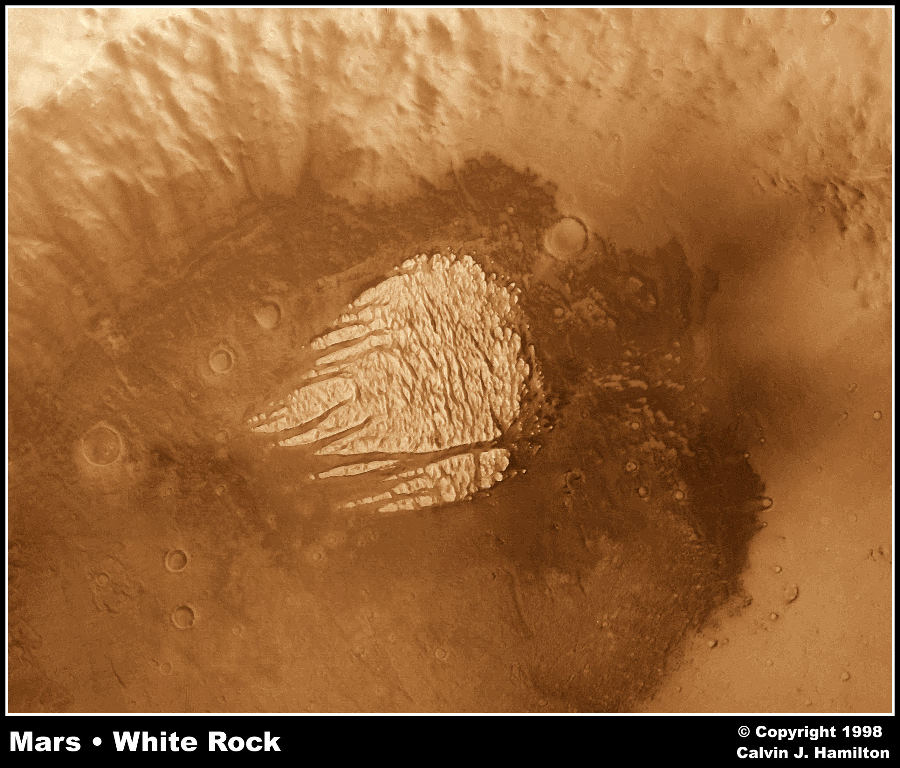
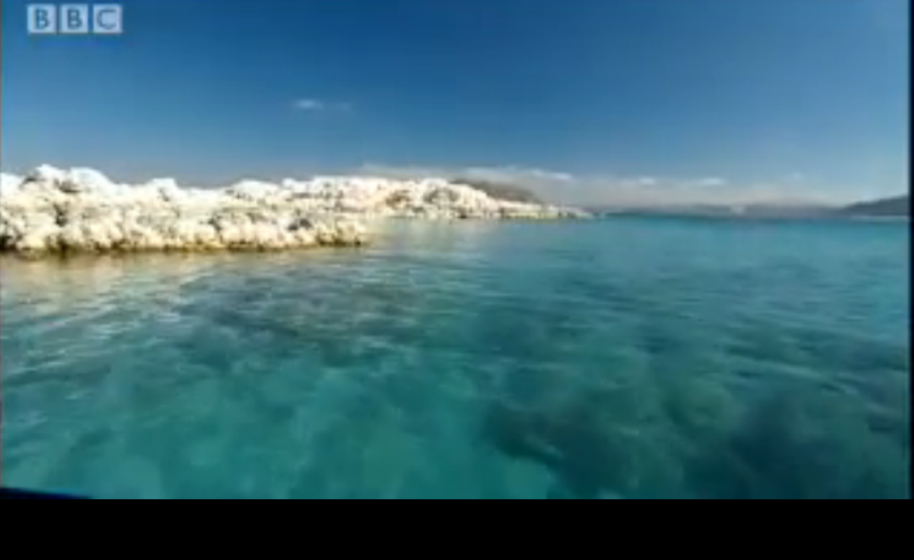
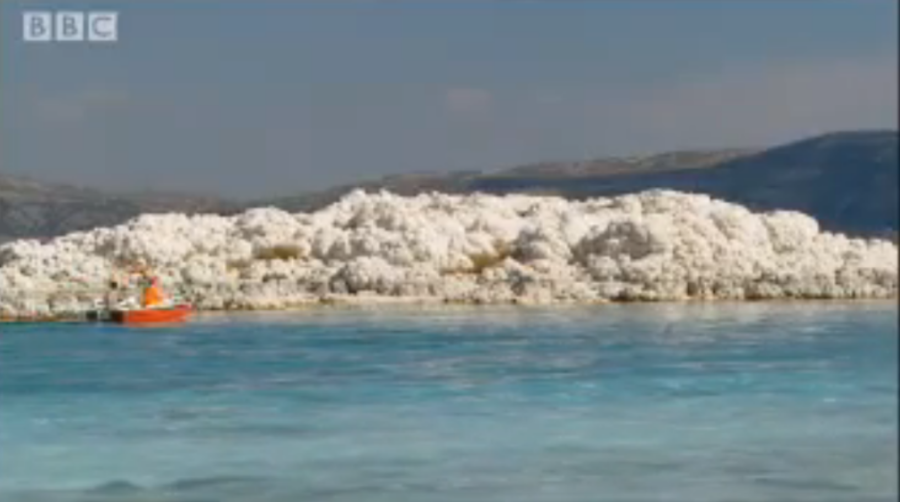
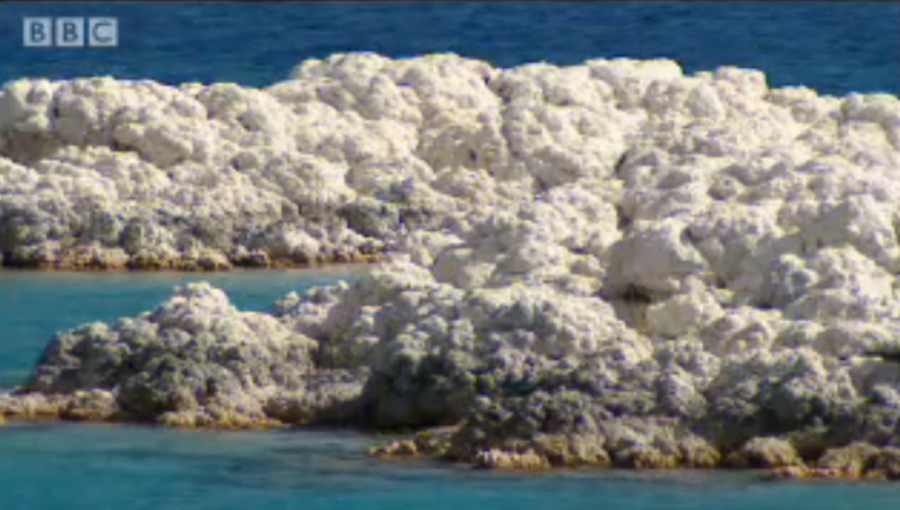
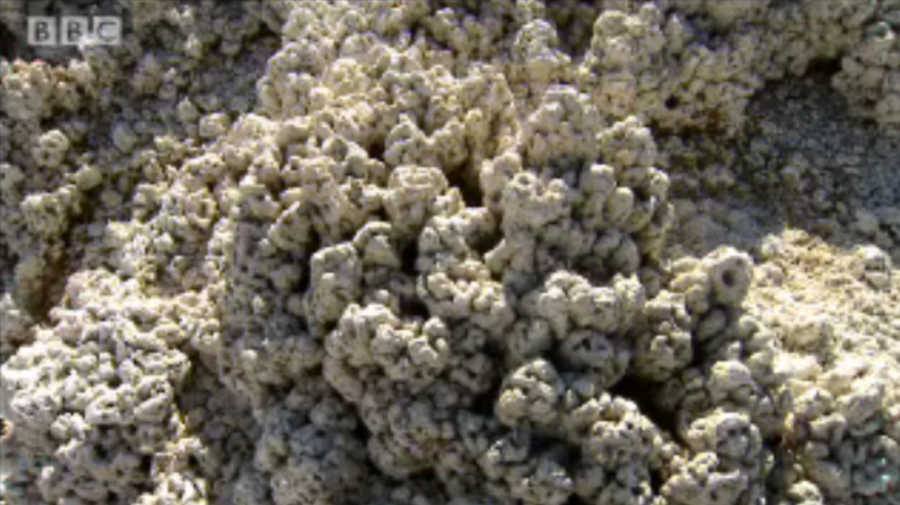
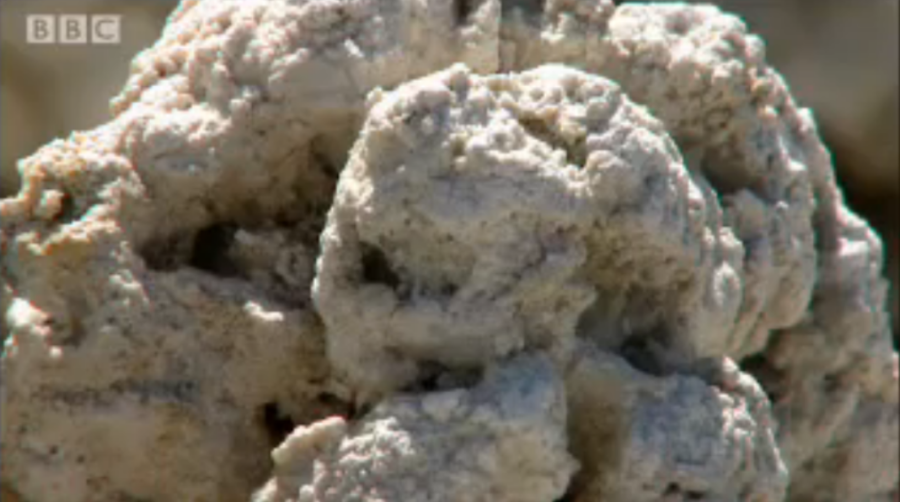
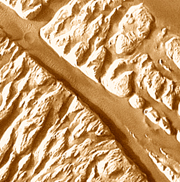 Soft
Hills
Soft
Hills
 Wandering
Dunes
Wandering
Dunes
 Outliers
Outliers
